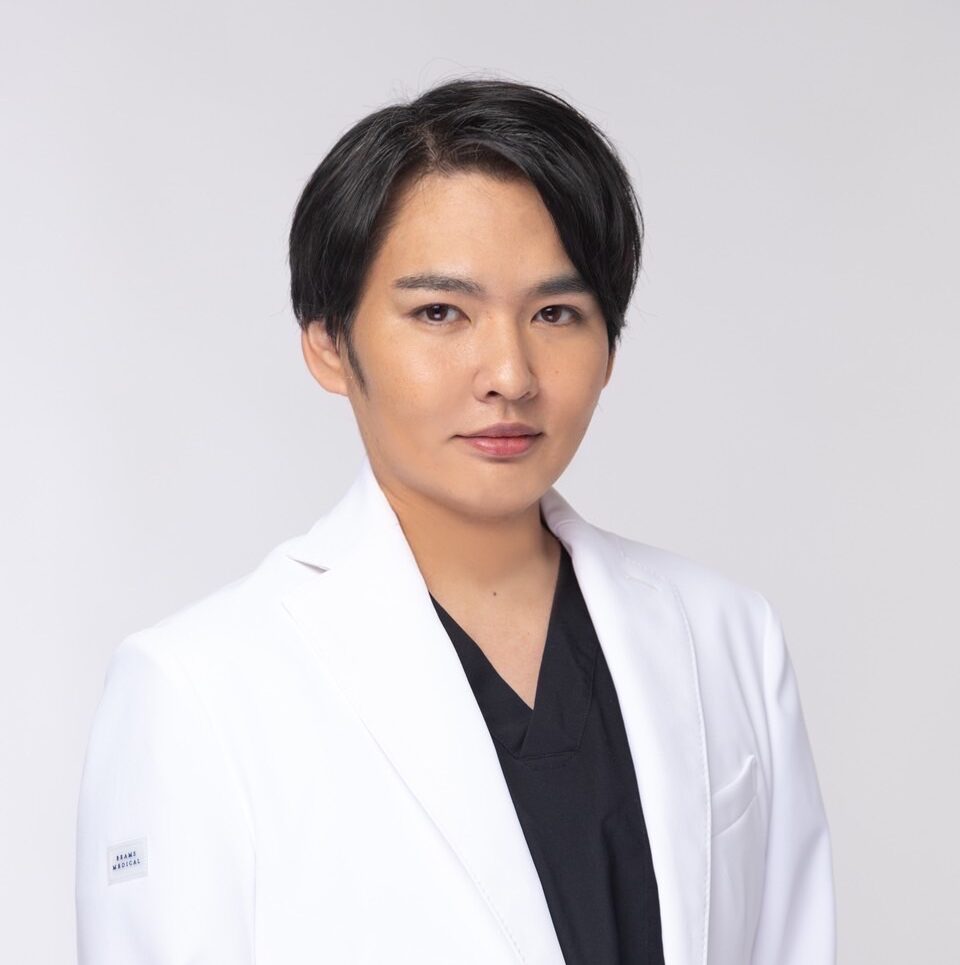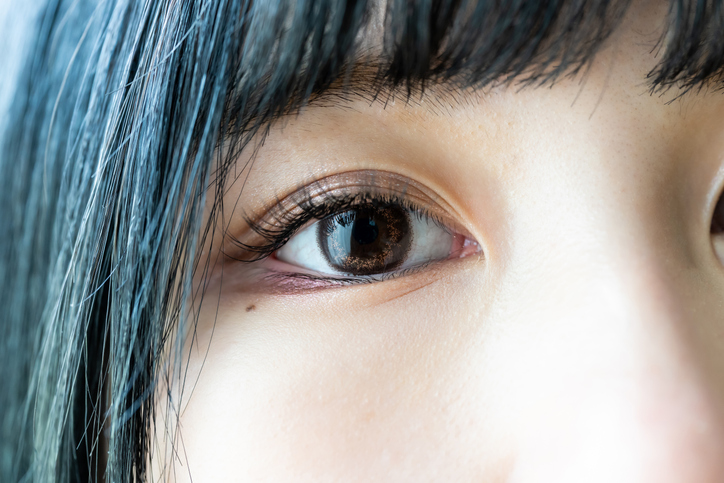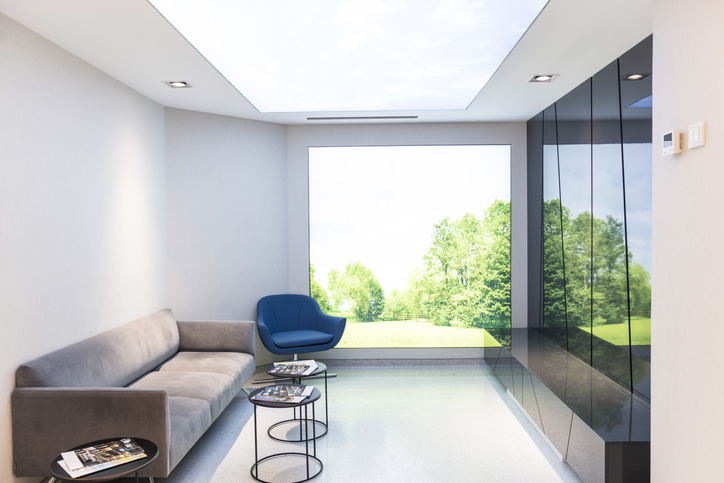If you are a woman interested in cosmetic medicine, you have probably considered an eyelid incision at one time or another. Among the many concerns and questions about the craniotomy procedure, you may be particularly concerned about the downtime. This is where many people have concerns such as not being able to miss school or work, which is a very high hurdle to overcome in the consideration stage.
Here, we will explain in detail how to undergo a craniotomy while continuing to work, and whether craniotomies actually have prolonged downtime, as well as provide specific information on surgery time, recovery period, and postoperative care. We hope this will help you to pursue your beauty with confidence without having to take time off work.

Graduated from the Faculty of Medicine, National Kumamoto University. After serving as the director of major beauty clinics in Japan, etc., he opened Aladdin Aesthetic Clinic in 2023. He is a professional in aesthetic medicine with a doctorate in anti-aging research and many years of experience. With the motto of "Toward the realization of cosmetic medicine without lies," he aims to be the "Only One" together with his patients.
- What is a craniotomy?
- Can I have a craniotomy if I can't take time off work? Its surgery time and downtime period
- Wouldn't an overdone craniotomy be immediately obvious?
- To avoid missing work! Tips for taking care of your eyes immediately after a craniotomy
- Finding Beauty and Work-Life Balance through an Eyelid Incision
- summary
What is a craniotomy?

An episiotomy is a surgical procedure in which a tiny incision is made in the inner part of the eye (inner eye corner or episclera) to widen the space between the eyes.
Especially in oriental people, the eye socket tends to appear dense (mongolian), and this surgery aims to alleviate this phenomenon and create an open eye expression.
An incision is also a procedure that improves the mongolian folds, resulting in a wider, more attractive eye with a less severe eye appearance. Specifically, an incision is made in the skin of the eye socket area to make the eyes appear larger or to widen the space between the eyes.
The surgery is completed rather quickly, is generally performed under local anesthesia, and takes about 30 minutes to one hour. The procedure is as follows
- Checking the shape and skin condition of the eye socket during counseling
- Planning how much incision to make
- Local anesthesia is administered, an incision is made at the eye socket, and tissue is reshaped as necessary.
- Finally, the skin is sutured in the appropriate position and the surgery is completed.
- Stitches are removed at a later date and other aftercare is provided.
An incision is expected to not only make the eyes look larger, but also to enhance the natural beauty of the face by creating a clearer and more beautiful double line and balancing the face as a whole.
How to perform a craniotomy
There are two main types of eye incision procedures performed in cosmetic surgery today: "Z-shaped formation" and "W-shaped formation. The difference between these two is that the incision is made in the letter Z of the alphabet or in the letter W.
| Z-shape: Z-shape is a technique in which the scalpel is placed in a Z shape at the eye socket. Compared to the W-shape, the design is more difficult to create and must be done by a trained and experienced physician. The advantage is that the scar is smaller than that of the W-shape, and there is room for certain modifications after the surgery. In the Z-type incision, the incision is calculated so that the suture line is at the position where the double line naturally extends to minimize scarring immediately after surgery. |
| W type: W-type is a technique in which the sutures at the incision at the eye socket form a "W" shape and is also known as the "Uchida method. In the W-shaped incision, the skin is gradually stretched in the vertical direction after the incision is made at the eye socket, and even if the incision wound shrinks over time, the W-shaped shape mitigates any imbalance or conflict and does not adversely affect the appearance. The W-shape also has the advantage that its design is intuitive and less prone to mistakes. |
There are also other methods such as the crescent or redrape (Korean-style craniotomy), but since each person's eye shape and wishes are different, it is important to communicate with your doctor during the consultation whether to choose the Z-shape or the W-shape depending on your desired eye line and eye situation.
Can I have a craniotomy if I can't take time off work? Its surgery time and downtime period

The time required for craniotomy surgery generally ranges from 30 minutes to one hour. This is short enough to fit within the scheduled time frame, and with proper planning, the surgery can be performed during work hours. However, it is important to take into account the recovery period after surgery.
The typical recovery period is one week to 10 days after surgery. During this period, swelling and pain may occur, which may temporarily affect vision. However, since this depends on the individual's constitution and health, it is recommended that a specific schedule be set in consultation with the physician.
How to perform a craniotomy without taking time off work?
Advance planning is very important in order to undergo craniotomy surgery without having to miss work. For example, having the surgery on a weekend or holiday allows for a longer recovery period. Another option is to have the surgery after work in the afternoon to lighten the schedule for the next day and beyond.
Are there certain types of jobs that are adaptable or difficult?
The extent to which a particular occupation is amenable to a recovery period after craniotomy surgery depends largely on the nature of that occupation.
For example, if you work at a desk or telecommute, you can work from home for a few days until the swelling and pain subside, so you can go about your daily life as usual without major disruption.
On the other hand, for occupations that affect one's appearance, such as customer service and outside sales, it is important to allow for an adequate recovery period. Specific measures should be determined based on one's occupation and lifestyle and in consultation with one's physician.
Wouldn't an overdone craniotomy be immediately obvious?

An episiotomy is a cosmetic surgery performed to achieve naturally shaped eyes, but overdoing it can give the impression of artificiality, and as a result, it may be obvious to those around you that you have undergone surgery. Therefore, it is important to perform the surgery in moderation to achieve natural results.
As with any medical procedure, overzealousness can be dangerous. Excessive craniotomy can result in overly large eyes, which may give an unnatural impression. In particular, if surgery is performed simply to enlarge the eyes without taking into consideration the balance with one's facial features and frame, the risk of unnatural results increases.
In addition, if surgery results in an excessive outward shift of the eye socket, it may result in a different shape than the natural eye shape, which may contribute to revealing the surgical scar.
Therefore, if you are considering craniotomy surgery, it is important to consider the following to ensure that the surgical result is natural
- Choose an experienced doctor or clinic:
The results of cosmetic plastic surgery procedures depend greatly on the experience and skill of the physician performing the procedure. It is important to choose an experienced physician to ensure that the surgical results look natural. - Emphasize counseling:
Make sure that your expectations match your doctor's suggestions during your preoperative consultation. To achieve a natural result, you need a surgical plan that is tailored to your face and bone structure. - Keep expectations realistic:
While craniotomy surgery is a means of making the eyes appear larger, it is important that the results are natural. Keep your expectations of the surgical result realistic and avoid excessive craniotomy.
Keeping the above considerations in mind will help you achieve natural-looking craniotomy results. The right surgery can enable you to live your life with confidence and produce results so natural that others will not even realize that you have undergone surgery.
To avoid missing work! Tips for taking care of your eyes immediately after a craniotomy

After craniotomy surgery, it generally takes one week to ten days for the swelling and pain to largely disappear, and the patient can return to his or her daily activities. However, it may take several weeks to several months for the surgical scars to completely disappear. Since this depends on the individual's constitution and health condition, a specific recovery schedule should be determined in consultation with the doctor.
Care immediately following craniotomy surgery is important to ensure a smooth recovery and minimize the impact on work. Here are some specific tips for a smooth recovery from surgery without having to miss work.
Use cooling packs after surgery.
To reduce swelling and pain after surgery, it is effective to apply a cooling pack to the craniotomy site. However, since it may be too cold if applied directly to the skin, wrap the cooling pack moderately with a towel before use.
Avoid immediate over exertion and eye strain.
To prevent eye fatigue and speed recovery, you need to avoid over exertion and fatigue. Try to rest your eyes once an hour, especially if you are working continuously looking at a screen such as a computer.
Ensure proper sleep
Sleep is important for physical recovery. Especially immediately after surgery, make sure you get enough sleep and try to get a good night's sleep.
Finding Beauty and Work-Life Balance through an Eyelid Incision

Balancing beauty and one's own work life is a major challenge for those of us with today's busy lifestyles. Particularly if you are considering cosmetic surgery, such as a craniotomy, it is important to plan so that the surgery and its recovery period do not affect your work performance.
Cosmetic surgery should be a tool to help you feel better and more confident about yourself. The choice should allow you to pursue the best version of yourself without compromising your work/life balance.
Your own health and safety
First of all, it is important to understand that one's own health and safety are paramount when it comes to beauty and work-life balance. While cosmetic surgery can improve an individual's self-confidence and help them lead a more satisfying life, it also requires proper care and recovery time.
Recovery period and its impact beforehand
Second, when considering craniotomy surgery, it is important to take into account the postoperative recovery period and its impact beforehand. Surgical downtime can affect work productivity and performance. Proper rest and care after surgery can help you return to work sooner and minimize downtime as much as possible.
When to undergo surgery
The timing of the surgery is also an important factor. For example, it is advisable to choose a time when the impact of work can be minimized, such as during the off-season or long vacations. For some surgeries, it is also possible to have the surgery on a weekend to take advantage of the short recovery period.
The best surgical plan for your own lifestyle and work environment
Finally, when considering a craniotomy, it is important to select a surgical plan that best fits your lifestyle and work environment. By staying in close contact with your cosmetic specialist and discussing the best plan for your lifestyle and needs, you can achieve beauty and work-life balance.
summary
It is possible to balance a craniotomy and work. By understanding the surgery time and recovery period and adjusting your work schedule, you can maintain a work-life balance while pursuing beauty.
Knowing the types of jobs and points of care that require special attention and preparation will help all those considering the program take a new step forward. We support both your beauty and your passion for your work.
At Aladdin Aesthetic Clinic, based on our many years of experience in cosmetic medicine and cosmetic dermatology and the knowledge of our doctoral degree, we provide counseling that aims to be "only one", offering the best treatment for each person we meet. We offer only the necessary treatments without any unnecessary information or suggestions.
Feel free to use our official LINE account for 24-hour counseling and reservations. Please feel free to contact us for free counseling for the first time or if you have any concerns.





